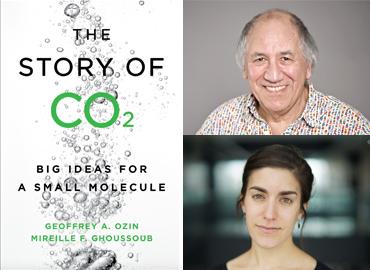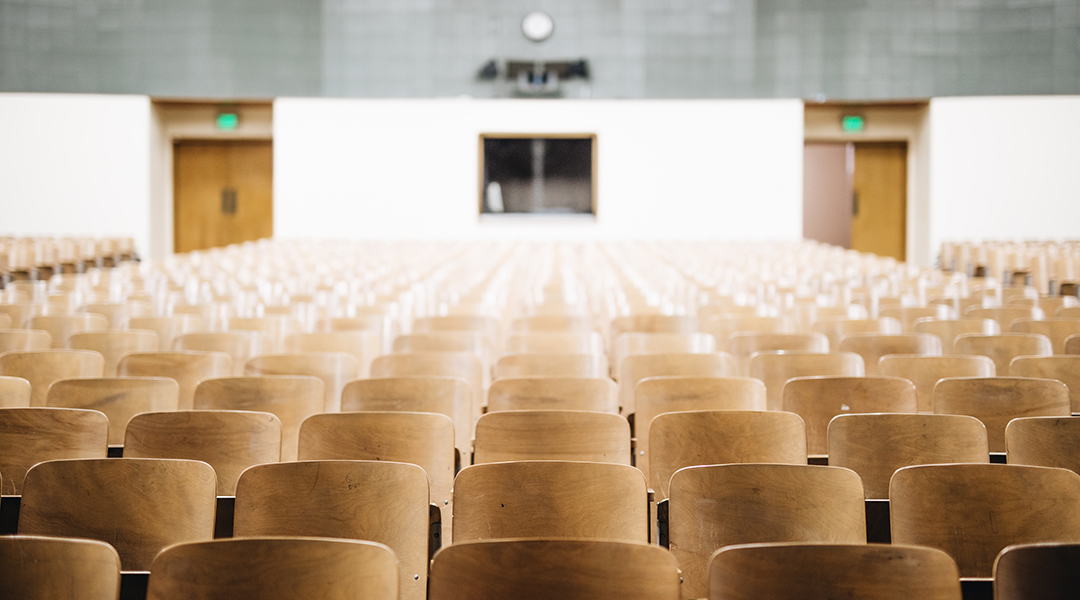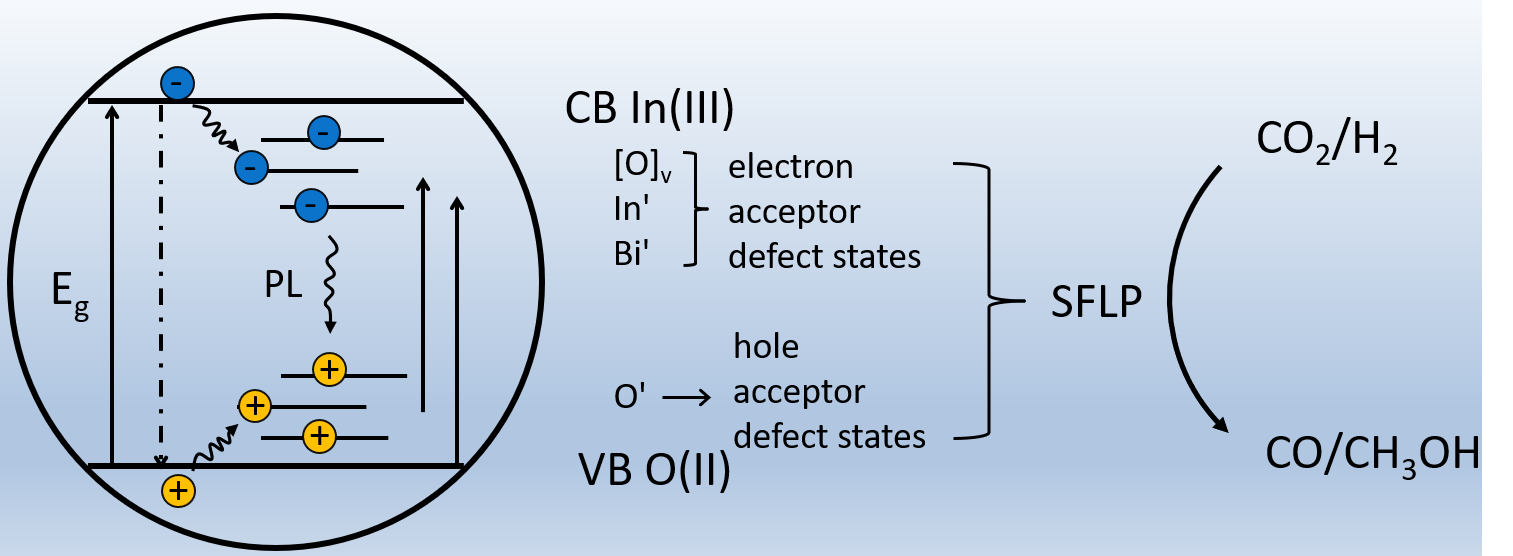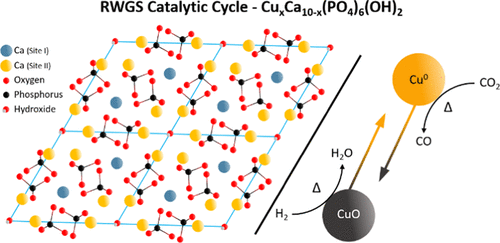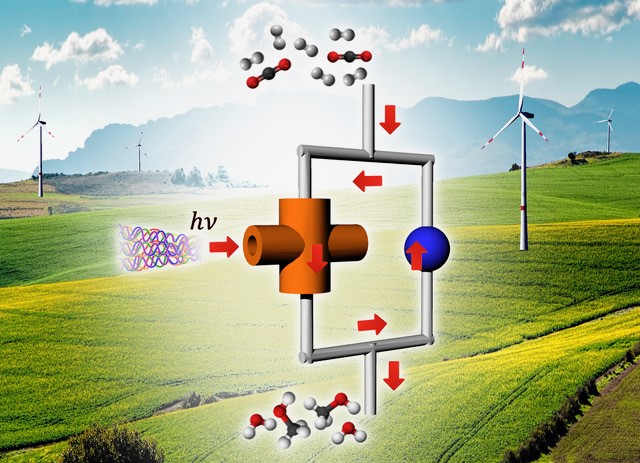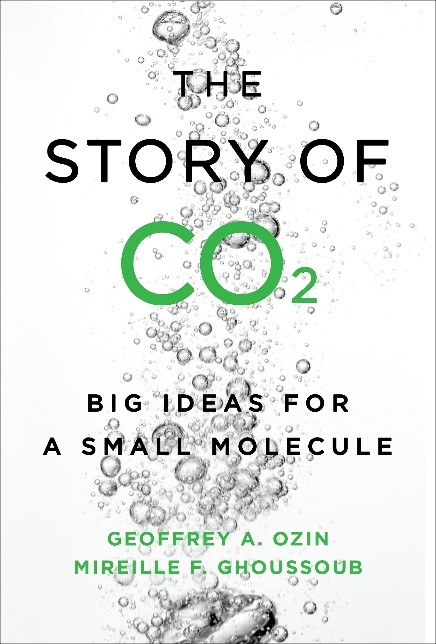
It is with great excitement and delight that we wish to announce the The Story of CO2: Big Ideas for a Small Molecule published by University of Toronto Press in Nov., 2020 is now available for order!
About the book: The climate crisis requires that we drastically reduce carbon dioxide emissions across all sectors of society. The Story of CO2 contributes to this vital conversation by highlighting the cutting-edge science and emerging technologies – a number of which are already commercially available – that can transform carbon dioxide into a myriad of products such as feedstock chemicals, polymers, pharmaceuticals, and fuels. This approach allows us to reconsider CO2 as a resource, and to add “carbon capture and use” to our other tools in the fight against catastrophic climate change. See also an introduction and story by the Faculty of Science and Art, UofT, the Story of CO2 describes a groundbreaking solution to the climate crisis.
The foreword:
“This book could mark a turning point – the beginning of a paradigm shift.”
John Polanyi, University of Toronto, Winner of the 1986 Nobel Prize in Chemistry
“Sunlight and water have converted carbon dioxide to energy-rich molecules for billions of years. The oil, gas, and coal we have been using for transportation and materials have come from this chemistry. The bad news is that combustion of these fossil fuels continues to harm life on our planet. What to do? The Story of CO2, beautifully crafted by Geoffrey A. Ozin and Mireille F. Ghoussoub, has instructions for us. It is a great read, chock-full of history, facts, and most importantly, ideas about what we should be doing. Highly recommended!”
Harry B. Gray, Arnold O. Beckman Professor of Chemistry, and Founding Director, Beckman Institute, California Institute of Technology
“This book takes the reader on a fascinating journey of a simple and yet crucial molecule that is essential for life on Earth and our future.”
Erwin Reisner, Department of Chemistry, University of Cambridge
“The Story of CO2 provides a fascinating take on a molecule that’s right under our noses. Ozin and Ghoussoub delve into this simple but powerful gas, which is changing our climate and acidifying our oceans. It’s a thoroughly researched history of this essential gas that will leave the reader feeling more hopeful about solutions to our climate crisis and the future of our planet.”
Leah C. Stokes, Assistant Professor of Political Science, University of California, Santa Barbara.

